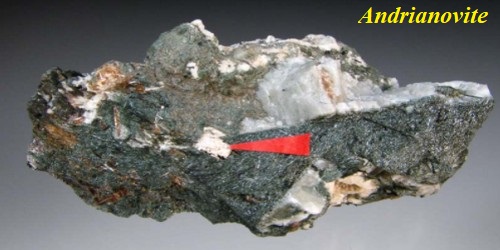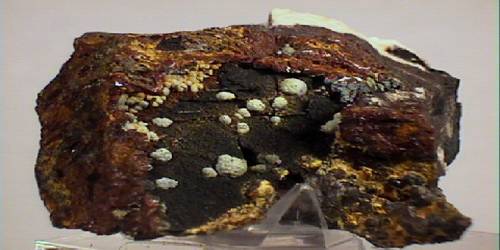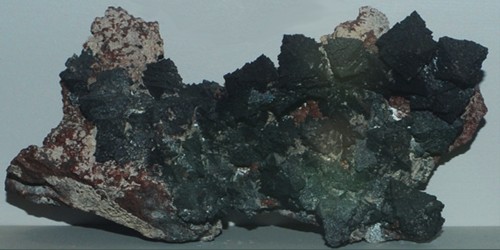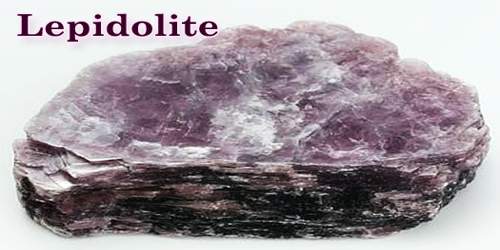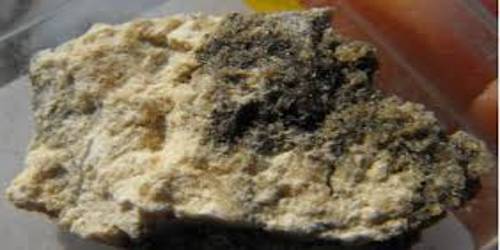Andrianovite is a very rare mineral of the eudialyte group, with formula Na12(K, Sr, Ce)6Ca6(Mn, Fe)3Zr3NbSi(Si3O9)2(Si9O27)2O(O, H2O, OH)5. It was named after Valerii Ivanovich Andrianov, a Russian mathematician and crystallographer and developer of the AREN software for the study of mineral structures. Andrianovite appears as light yellow rims surrounding crystals of eudialyte.
General Information
- Category: Silicate mineral, Cyclosilicate
- Formula: Na12(K,Sr,Ce)6Ca6(Mn,Fe)3Zr3NbSi(Si3O9)2(Si9O27)2O(O,H2O,OH)5
- Crystal system: Trigonal
- Crystal class: Ditrigonal pyramidal (3m)

Properties
Andrianovite is unique among the eudialyte group in being potassium-rich. It is regarded as potassium analogue of kentbrooksite, but it also differs from it in being oxygen-dominant rather than fluorine-dominant. Also, the coordination number of Na in this representative is enlarged from 7 to 9.
- Color: Light yellow
- Crystal habit: intergrowths (rims) with eudialyte
- Fracture: Step-like
- Tenacity: Brittle
- Mohs scale hardness: 5
- Luster: Vitreous
- Streak: White
- Diaphaneity: Transparent
- Density: 2.93 (measured), 3.02 (calculated)
- Optical properties: Uniaxial (-)
Occurrence and association
It occurs only at the type locality in the Koashva open pit in the Khibiny massif in the Kola Peninsula of Russia. It was discovered in pegmatites of Koashva open pit, Khibiny massif, Kola Peninsula. Russia. It coexists with aegirine, lamprophyllite, lomonosovite, microcline, mosandrite, natrolite, sodalite (silicates) and villiaumite.
Information Source:
